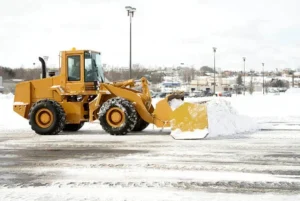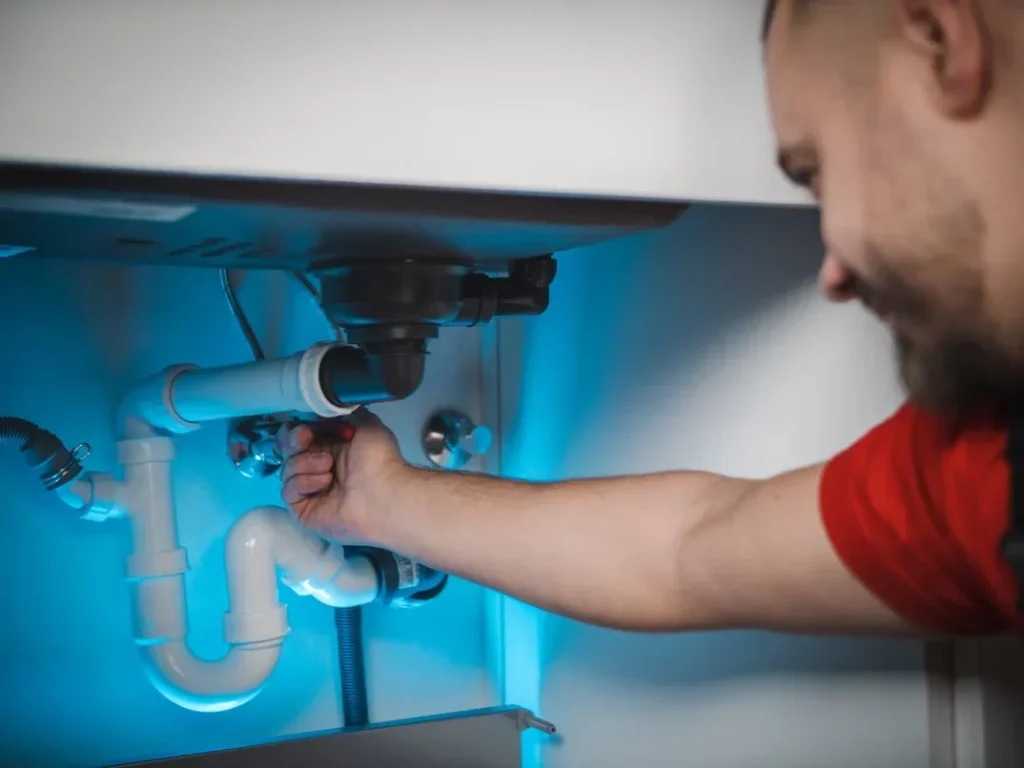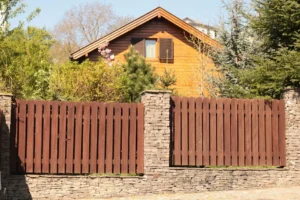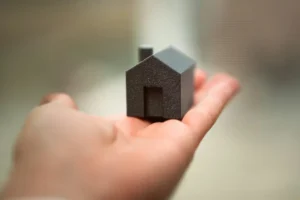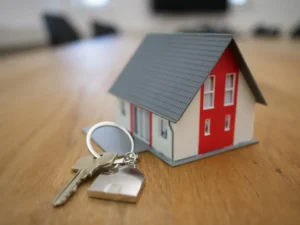Disclaimer: This article is for informational purposes only and does not constitute professional plumbing, financial, or home repair advice. Always consult a licensed expert for inspection, repairs, or financial guidance related to your home.
Water damage doesn’t usually begin with a burst pipe; it starts small. A drip here and a bit of moisture there often appear in places you don’t see. Left alone for a while, those minor issues can turn into major repair jobs.
Leak detection should never be based on guesswork or surface-level signs. It makes it too late by the time water shows up on a ceiling or a floor. It’s likely been there for a while. That’s why professional leak locating services aren’t just about fixing a visible leak, as the plumber Newcastle says, it’s rather about catching it before it turns into something far more expensive.
Small Leaks: Big Damage
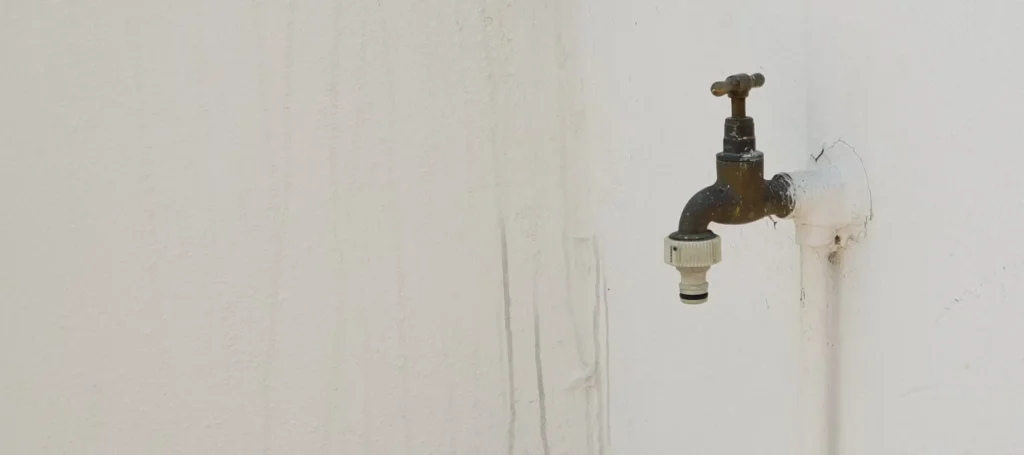
A slow, steady leak just behind a wall or under a sink might not seem that urgent. However, no matter how small it is, it is enough to soak the insulation, warp wood, and invite mold. Even a small amount of water over time can compromise the structure of your home.
What Professional Leak Detection Involves
Hiring a professional for Moisture detection doesn’t mean someone shows up with a sledgehammer. Modern leak tracing is the opposite of invasive. It’s all about accuracy, using the right tools to find the source without tearing your home apart.
When you suspect that you have water damage, professionals come equipped with specialized devices that look beyond what’s visible. This not only saves time but also prevents unnecessary damage during the search.
Advanced Tools for Pinpoint Accuracy
Leak tracing specialists often employ a combination of methods to pinpoint the source of the problem. These may include:
- Thermal imaging: To detect temperature differences behind walls or under floors.
- Acoustic sensors: To pick up the sound of moving or dripping water.
- Moisture meters: To find any possible damp areas, even when there’s no apparent water damage.
This way, any hidden leak can be detected to a specific point, often within inches, allowing for proper repairs to be made quickly and precisely.
Less Guessing, Less Destruction, and Faster Fixes
This technology wasn’t always available. Earlier, finding a leak often meant opening multiple walls or pulling up a substantial portion of flooring to determine where the water was coming from. Today, that’s not necessary.
Professionals can now scan and test before they make any cuts. They make repairs with minimal disruption to your home, spend less time on unnecessary labor, and deliver results faster. It’s a much cleaner and cost-effective way to solve what would otherwise turn into a major headache.
Cost Savings That Add Up in the Long Run
Leak tracing, as an investment, isn’t all about convenience; it’s a smart financial move. While it may seem like an added cost upfront, catching a leak early can save you thousands in long-term damage. Fortunately, there are home renovation financing options available to help homeowners manage these expenses before they escalate.
Water has a way of quietly deteriorating materials over time, and the longer a leak goes undetected, the more costly it becomes to repair.
Preventing Structural Damage and Mold
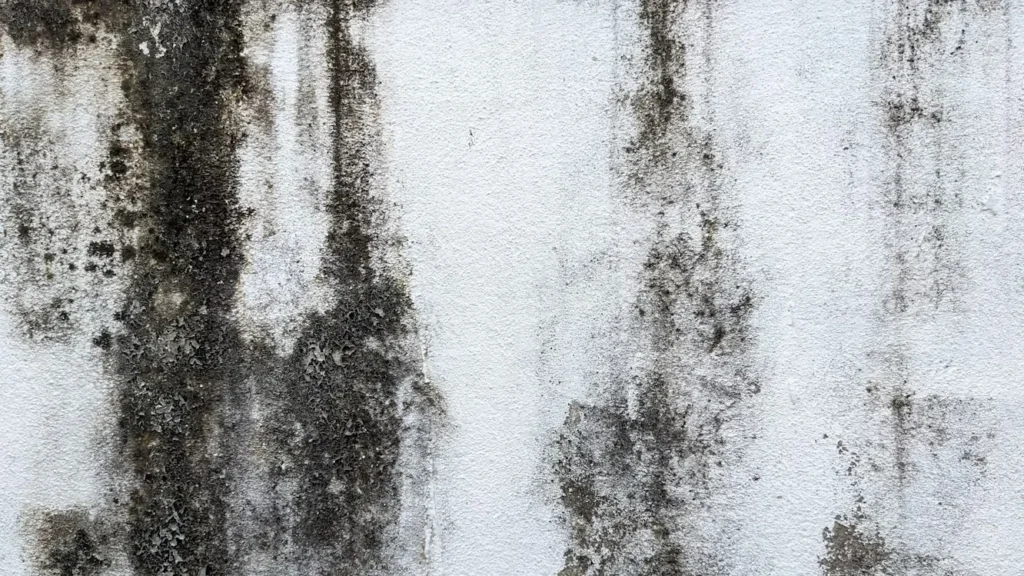
Unchecked moisture can cause a range of problems, including rotting wood framing, loosening floorboards, warping drywall, and damaging insulation. Then, mold can grow in as little as 24–48 hours in a damp environment, and once it spreads, the entire cleanup becomes significantly more expensive and complicated.
Locate the leaks early, and you’ll prevent structural issues entirely, or at least you’ll stop them before they spread. That kind of prevention protects both your home’s value and your health.
Avoiding Unnecessary Repairs and Water Bills
A hidden leak might not show itself in puddles, but you’ll likely see the impact on your water bill. Also, you may end up replacing floors, cabinets, and sections of wall that could’ve been spared with only one step ahead – the early detection.
And the real danger isn’t in the leak itself, it’s in how long it goes unnoticed. As we all know, unfortunately, insurance may not always cover the damage that’s considered ‘gradual’. Spotting it early is often the key to preventing a costly repair down the line.
Moisture Issues Often Start Where You Can’t See Them
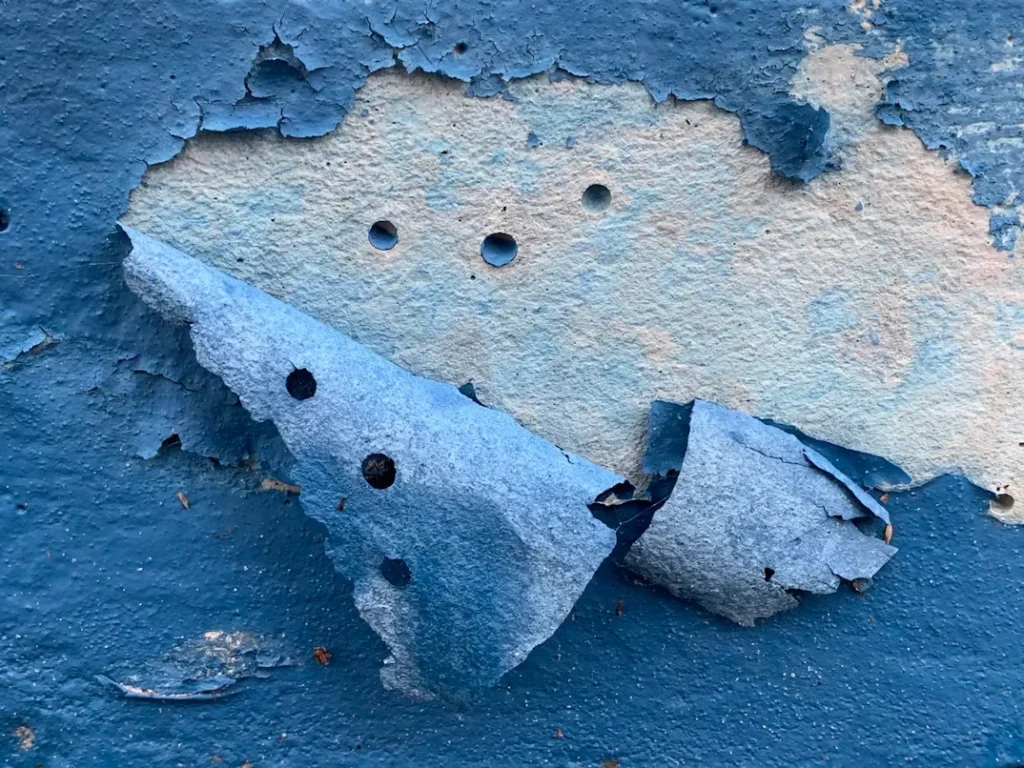
Many leaks begin in places where you wouldn’t notice anything right away: behind drywall, under the floor, or inside the ceiling. They can develop for weeks or longer before any visible signs appear.
By the time you notice a musty smell, see some peeling paint, or warped baseboards, the moisture has already done its damage. That’s where professionals can still come in – they can inspect your home to find out where the root issue is, and they can repair your home’s structure if needed before it is too late.
The Limits of DIY: What Homeowners Often Miss
It’s natural to want to investigate a suspected leak yourself, especially if you spot a wet area or hear a dripping sound. In some cases, basic tools and instincts can be helpful. However, most leak issues don’t reveal their location so easily.
DIY methods often lead to missed warning signs, or worse, temporary fixes that hide the issue rather than solve it.
Not All Leaks Make a Visible Mess
Many leaks remain hidden for months, especially those in plumbing lines, which are often set within the walls or under slabs. There may be no visible puddles, no drips, just higher water bills or a faint smell that one can get used to, at the start.
That’s precisely where DIY methods usually fall short. Without the advanced tools that professionals use, such as thermal cameras or moisture sensors, it’s nearly impossible to locate the trustworthy source of a hidden leak.
Temporary Fixes Can Mask Bigger Problems
It is quite common for homeowners to reseal a fixture, tighten a pipe, or paint over a water spot, especially if the issue seems minor at first glance. However, the leak continues behind the scenes.
These short-term patches can exacerbate the problem by delaying their proper repairs. What appears “fixed” on the surface may allow water more time to continue spreading. This will ultimately cause more severe structural damage and potentially lead to mold growth over time.
Signs You Might Have a Hidden Leak
There are a few subtle clues that can indicate a leak behind the scenes, even if everything appears fine on the surface and no odor is detected.
Unexpected Spikes in Your Water Bill
One of the first signs of a hidden leak is a noticeable jump in your monthly water bill. Worth paying attention to, especially if your usage habits haven’t changed recently. If you’ve suddenly started paying more with no apparent reason, it’s worth investigating.
Even a slow leak can waste hundreds of gallons over a month. And if you’re on a metered system, that means you’re essentially wasting money without realizing it.
Discoloration, Musty Smells, or Wall Warping
If you see yellowish or brownish stains on or near your ceilings or walls, something is likely leaking behind them. Other signs may include bubbling patches of paint, warped baseboards, or areas that feel damp to the touch.
You might also notice some very persistent, musty smell, and that’s often a clue to some moisture, which is trapped somewhere where it shouldn’t be, even if it’s not yet visible. These symptoms may be subtle at first and tend to worsen over time. Trust your senses if something feels off, it probably is.
When to Call a Professional (and Why It’s Worth It)
When dealing with leaks, time is never on your side. The longer any leak goes unchecked, the more damage it will do. Issues that seem minor may be easily manageable, but the cost of waiting can quickly add up in both money and stress.
Calling in a professional means you’re taking a proactive step to protect your home.
Peace of Mind Goes a Long Way
Even if nothing turns out to be a serious problem, having a professional confirm that your home is dry and secure will give you peace of mind. You’ll sleep better.
And if there is a leak? You’ll have caught it early enough to avoid significant repairs.
Early Detection Can Save Thousands
The cost of early Moisture detection is always lower than the cost of repairing water-damaged walls, flooring, or mold-infested spaces. One quick visit from a trained technician can save you from costly replacements. If you’re concerned about covering these types of expenses, home renovation financing can help make preventive repairs more manageable.
A professional leak checkup isn’t just about water; it’s about protecting your home, your budget, and your peace of mind.


